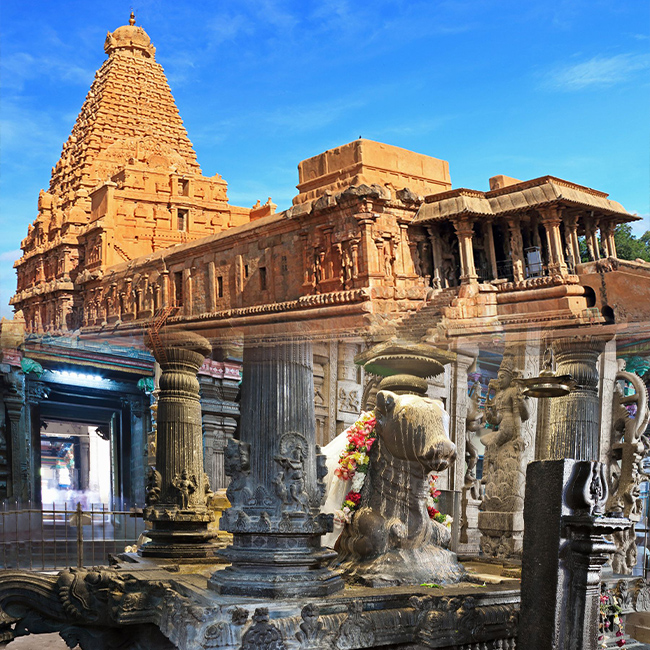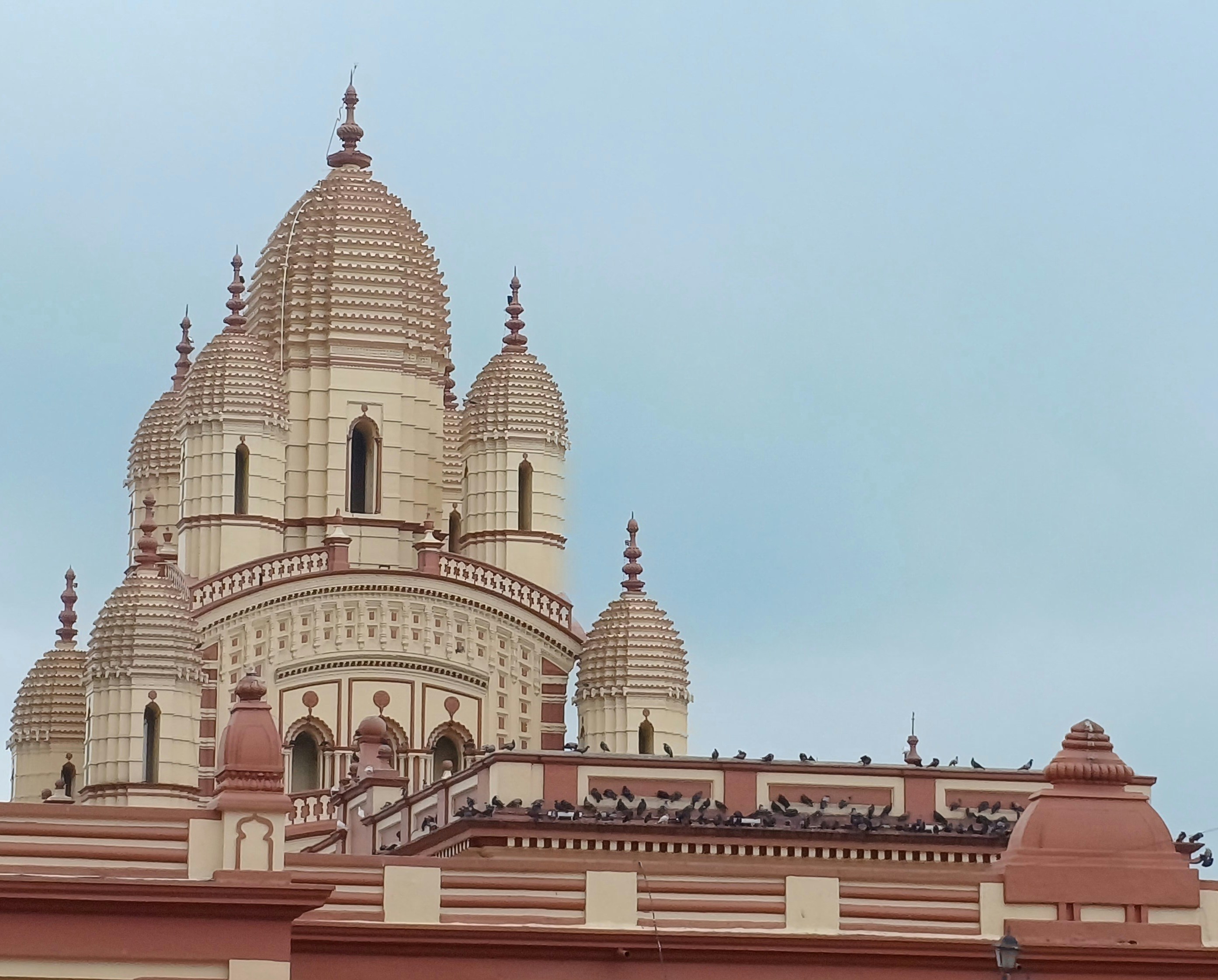

The Evolution of the Prayagraj Kumbh Mela
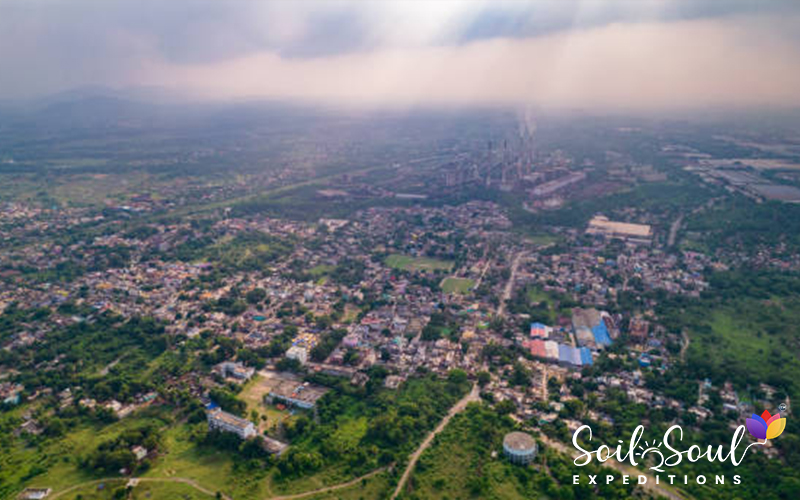

25 Sep 2024
The Evolution of the Prayagraj Kumbh Mela
Changes and Innovations Over the Years
The Prayagraj Kumbh Mela, one of the world's largest religious gatherings, is a vibrant tapestry of faith, culture, and tradition. This grand event, held every twelve years at the confluence of the Ganges, Yamuna, and Saraswati rivers, has undergone significant changes and innovations throughout its history.
Historical Significance
The origins of the Kumbh Mela can be traced back thousands of years, rooted in Hindu mythology. According to legend, the gods and demons churned the ocean to obtain the nectar of immortality, and the drops that fell at four locations—Prayagraj, Haridwar, Ujjain, and Nashik—are commemorated through this grand festival. The Prayagraj Kumbh has evolved from a local gathering into a global phenomenon, attracting millions of pilgrims and tourists alike.
Growth in Scale and Attendance
Over the decades, the scale of the Kumbh Mela has dramatically expanded. The early gatherings were modest, but in recent years, attendance has skyrocketed, reaching over 120 million in 2019. This growth has necessitated significant changes in infrastructure, crowd management, and sanitation, ensuring a safe and enjoyable experience for attendees.
Technological Innovations
In response to the increasing number of visitors, the Kumbh Mela has embraced modern technology. From real-time crowd management apps to advanced tracking systems, innovations are enhancing the overall experience. For instance, GPS-enabled wristbands help pilgrims navigate the vast area, while digital platforms provide timely information about rituals and events. Soil2Soul Expeditions emphasizes the importance of these technologies in bridging ancient traditions with contemporary conveniences.
Environmental Considerations
With the rise in attendance, environmental sustainability has become a focal point for organizers. Efforts have been made to minimize the ecological impact of the Mela. Initiatives include waste management systems, plastic bans, and awareness campaigns to promote eco-friendly practices among visitors.Soil2Soul Expeditions advocates for responsible tourism, encouraging travelers to engage with the Mela while respecting its surroundings.
Cultural Fusion
The Prayagraj Kumbh Mela has also witnessed a cultural evolution. While deeply rooted in Hindu traditions, it now includes various cultural performances, art installations, and workshops that celebrate India’s diverse heritage. This fusion has made the Mela more inclusive, drawing participation from different communities and fostering a spirit of unity.
Accessibility and Inclusivity
In recent years, there has been an effort to make the Kumbh Mela more accessible to all. Special facilities for the elderly and differently-abled individuals are now commonplace, ensuring that everyone can partake in this spiritual journey. Soil2Soul Expeditions highlights the importance of inclusivity, advocating for a Mela experience that welcomes everyone, regardless of their background.
Conclusion
The Prayagraj Kumbh Mela stands as a testament to the resilience and adaptability of tradition in the face of modernity. As it continues to evolve, embracing technological advancements and sustainability, the essence of the Mela remains unchanged—a celebration of faith, community, and spirituality. Soil2Soul Expeditions gains a deeper understanding of this extraordinary event, connecting with its roots while appreciating its contemporary relevance.
&a
Leave a Reply
Explore by Categories
Most Viewed Blogs
Tags
Location
State





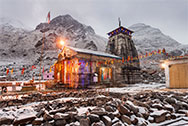



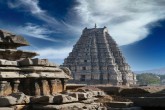

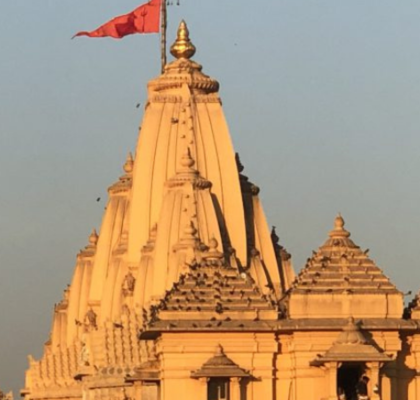
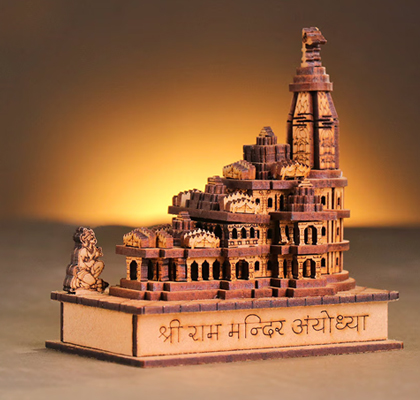
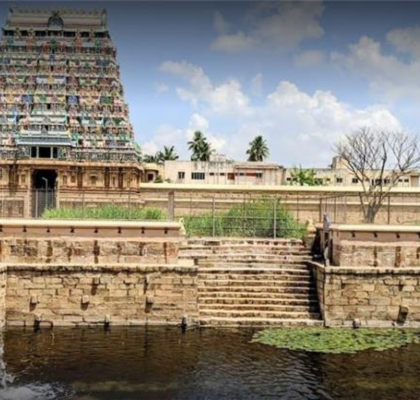
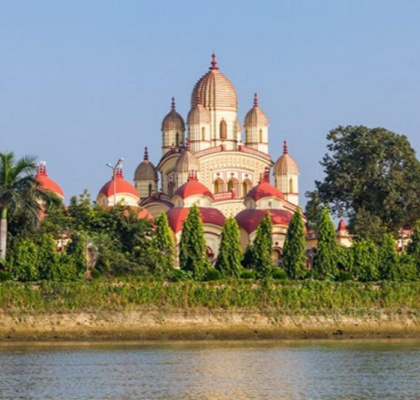
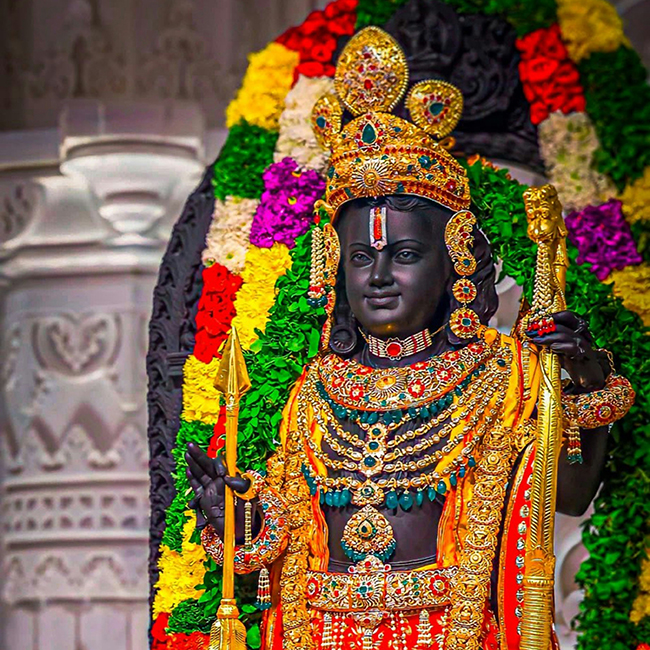
.jpg)
